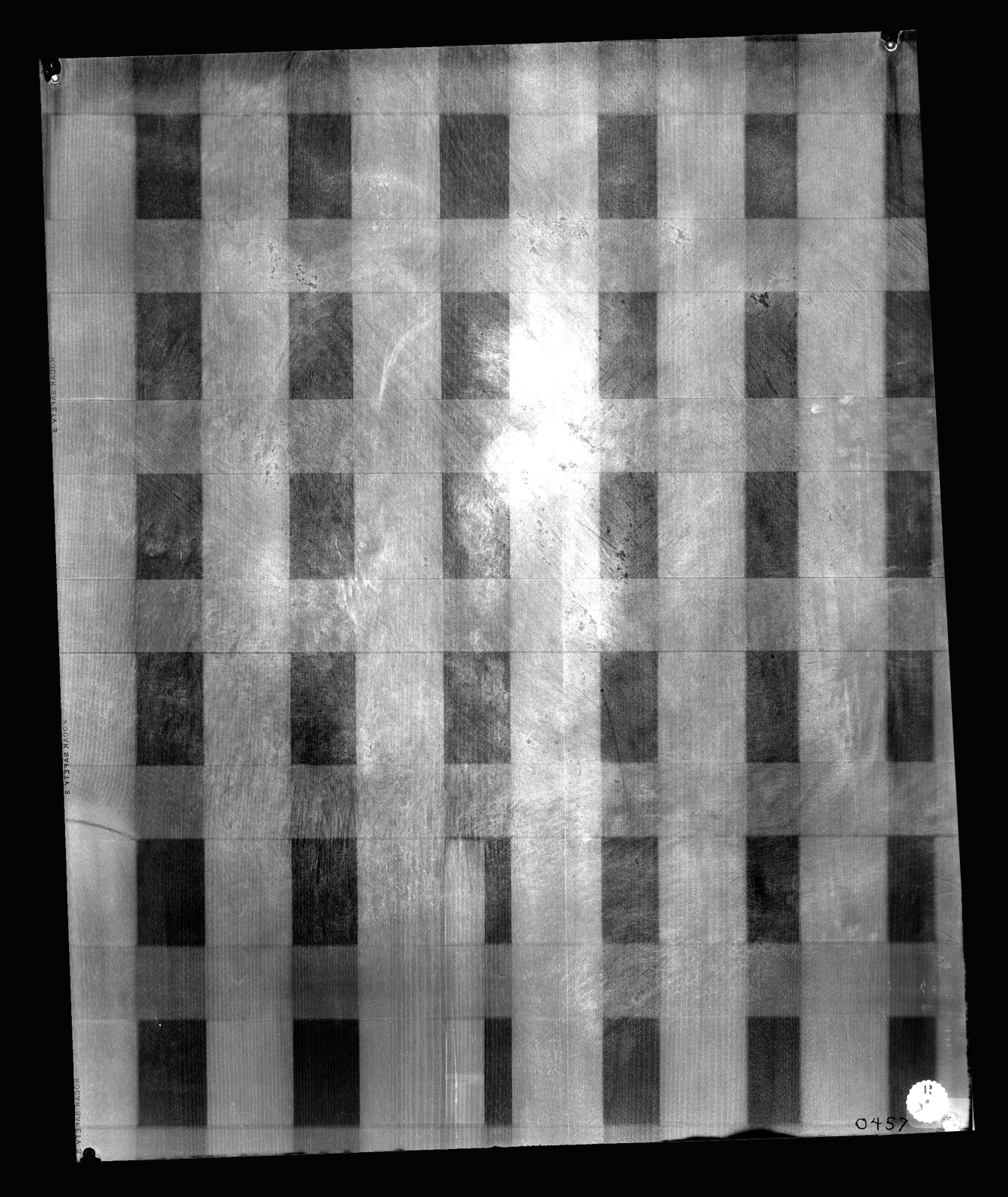Saint Andrew the Apostle
(Baroque Europe )
Christoph Paudiss was a little-known German artist who studied with Rembrandt during the 1640s. Paudiss's ethereal depiction of Andrew, one of Christ's original disciples, meditating on the cross upon which he will die a martyr, reflects Rembrandt's sensitive use of shadow and emphasis on probing, close-up studies of figures at moments of traumatic stress.
Paudiss returned to Germany and worked at various courts. The style and religious subject matter of this painting are consistent with his work in his last years for the archbishop of Bavaria.
Provenance
Provenance (from the French provenir, 'to come from/forth') is the chronology of the ownership, custody, or location of a historical object. Learn more about provenance at the Walters.
Don Marcello Massarenti Collection, no. 667, Rome; Henry Walters, Baltimore, 1902, by purchase; Walters Art Museum, 1931, by bequest.
Conservation
| Date | Description | Narrative |
|---|---|---|
| 6/12/1952 | Treatment | examined for condition; inpainted; varnish removed or reduced |
| 12/5/1991 | Examination | examined for exhibition |
| 4/1/2005 | Treatment | other |
Geographies
Germany, Freising
(Place of Origin)
Netherlands, Amsterdam (Place of Origin)
Austria, Vienna (Place of Origin)
Measurements
24 7/8 x 19 3/4 in. (63.2 x 50.2 cm)
Credit Line
Acquired by Henry Walters with the Massarenti Collection, 1902
Location in Museum
Charles Street: Second Floor: 17th-Century Dutch Cabinet Rooms
Accession Number
In libraries, galleries, museums, and archives, an accession number is a unique identifier assigned to each object in the collection.
In libraries, galleries, museums, and archives, an accession number is a unique identifier assigned to each object in the collection.
37.649




